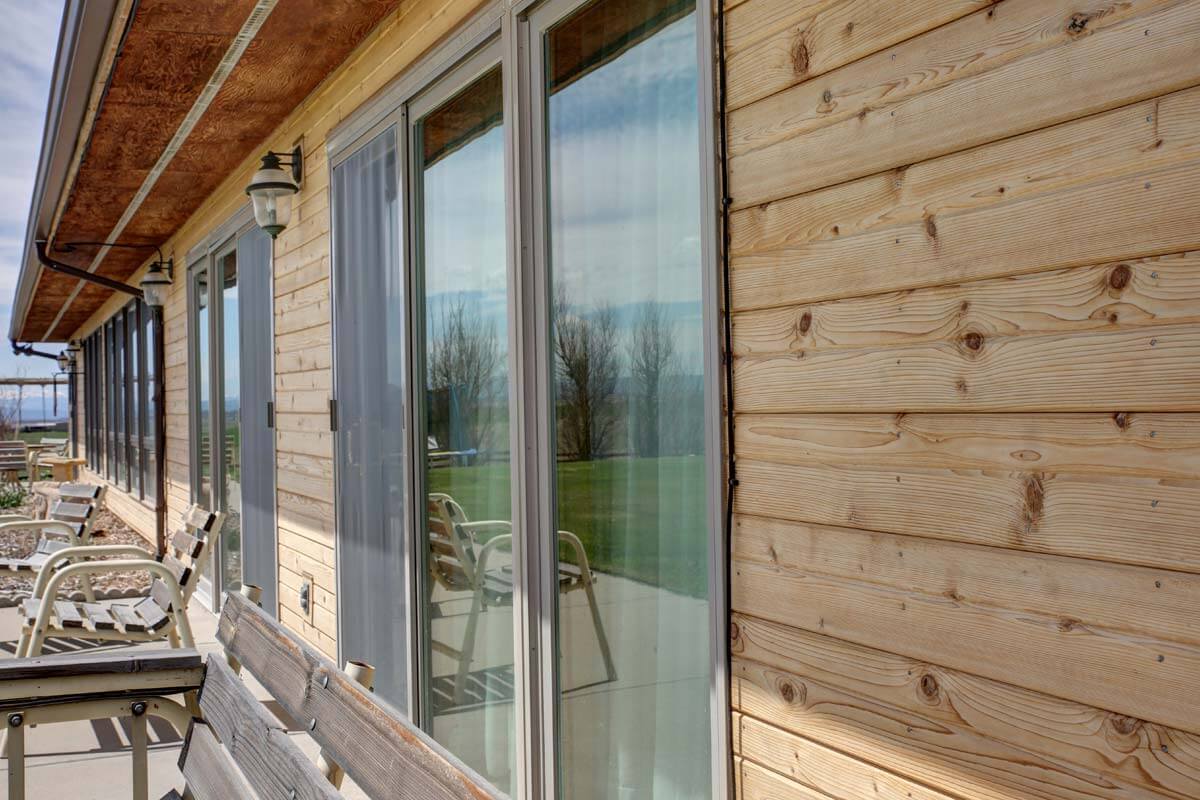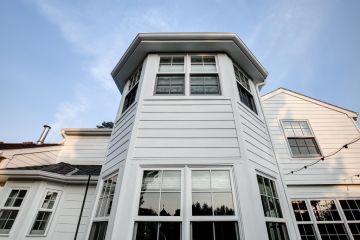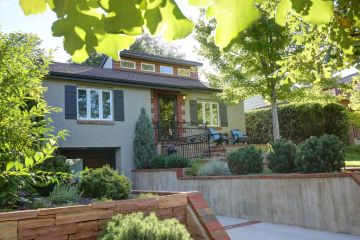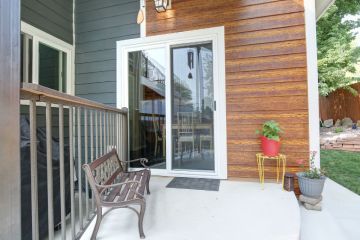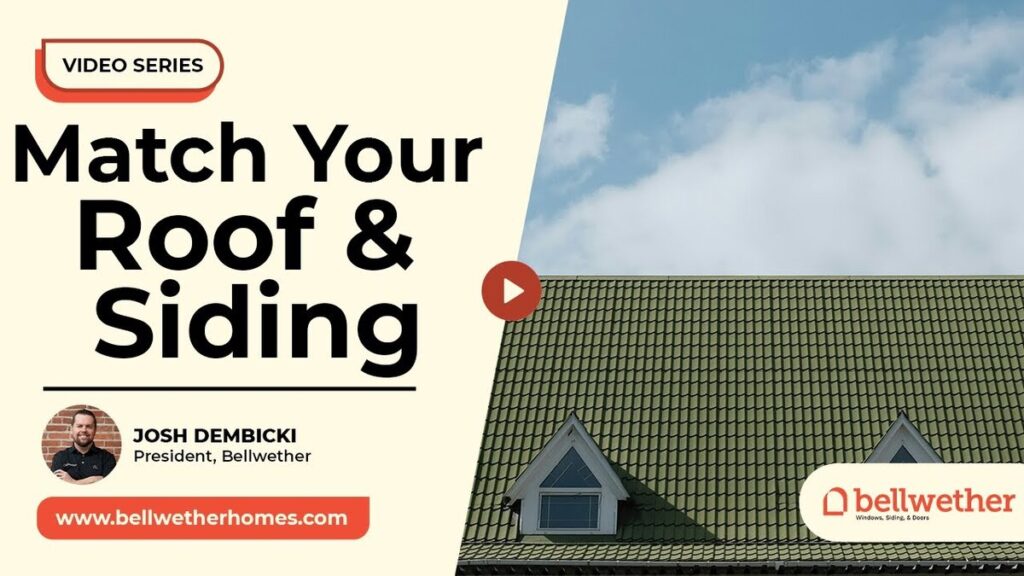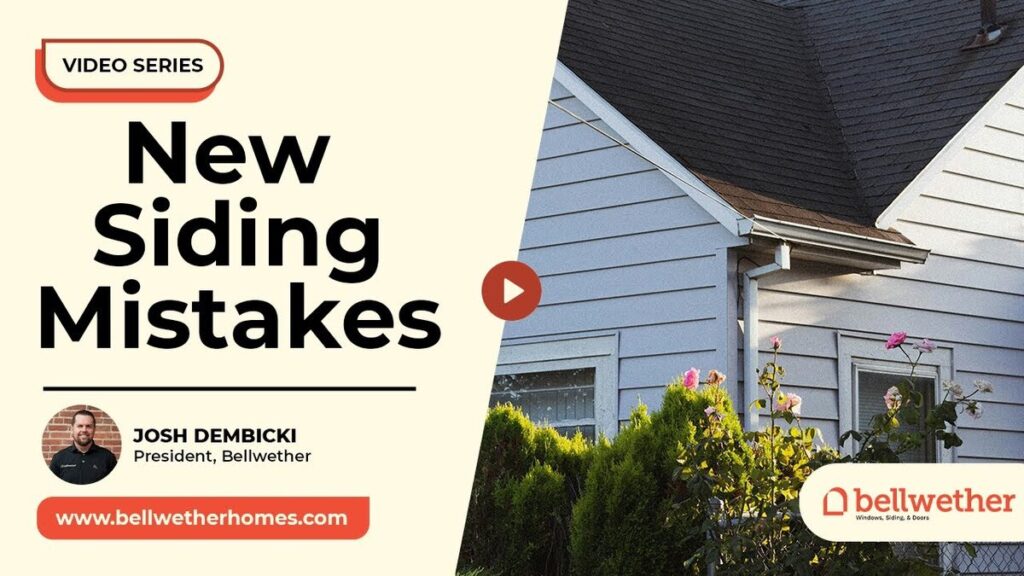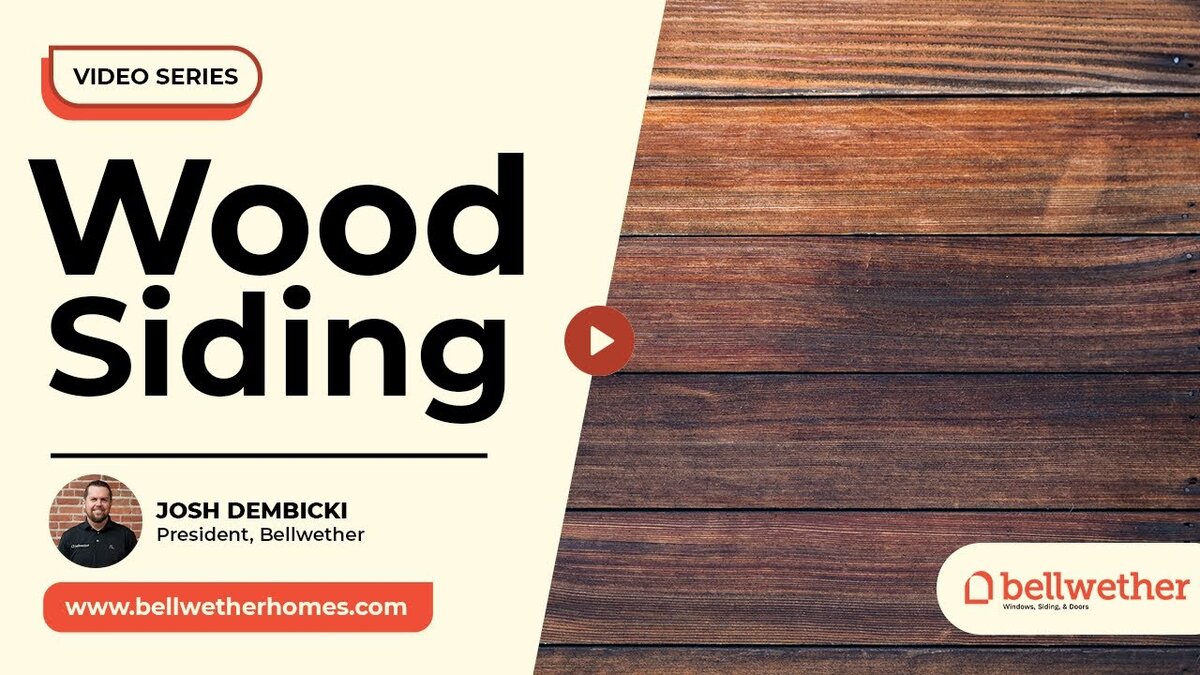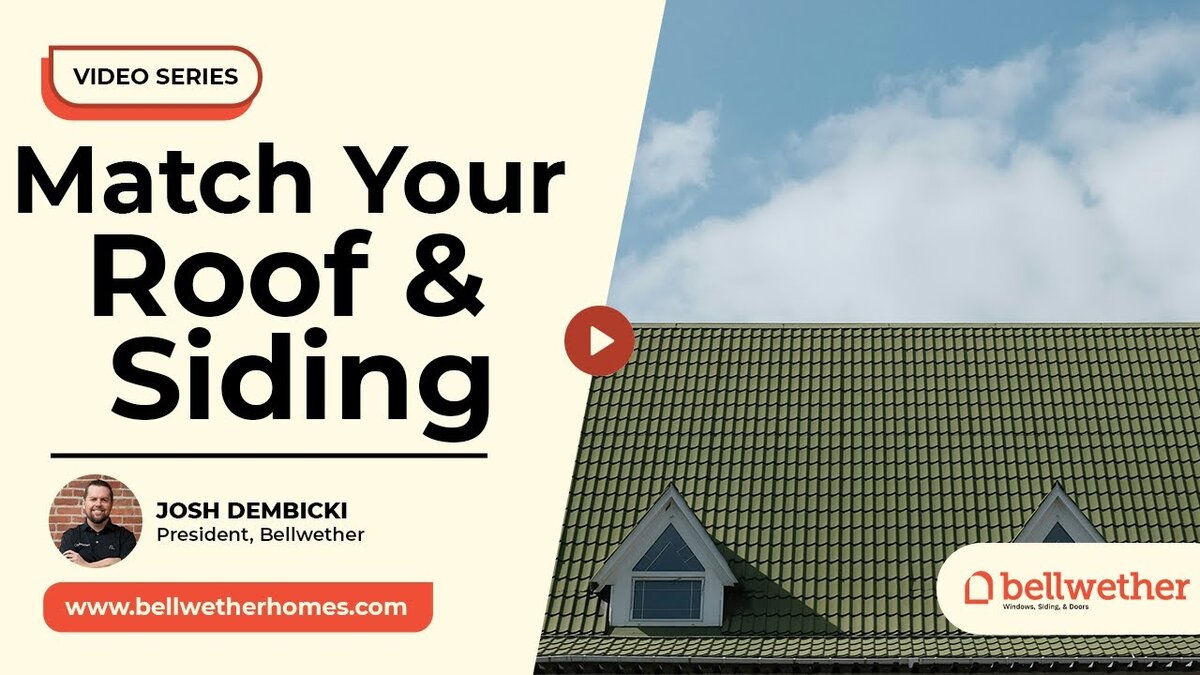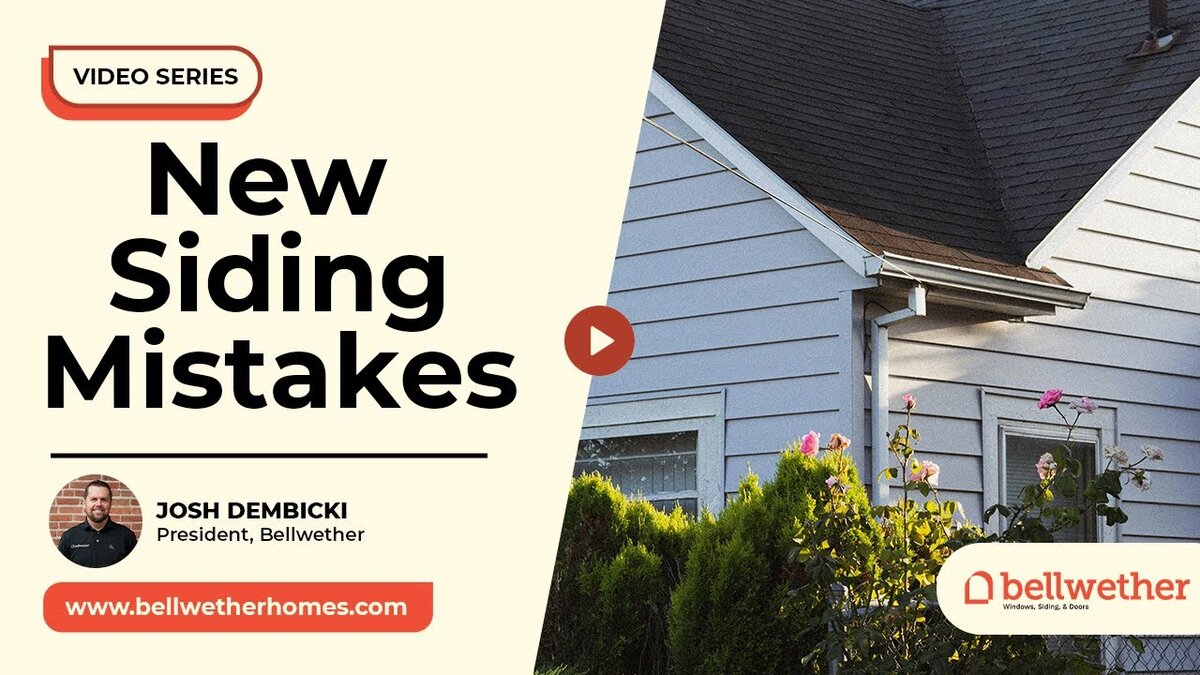In Colorado, and especially on mountain homes, it is not uncommon to see lovely, cedar siding. This rustic siding option blends beautifully into the surrounding nature and creates a design unique to western, mountain environments. However, there are drawbacks to cedar siding, and especially, ironically, for Colorado homes. At Bellwether, we can help you achieve the look of cedar siding without the associated risks and frustrations.
What is Cedar Siding?
Made from cedar wood, this siding option is very often viewed as eco-friendly, and is popular not only for its rustic charm but for its natural insulation properties. As wood siding goes, cedar siding is durable, often cut and seasoned before insulation, organized into different grades based on wood grain.
Why shouldn’t I choose cedar siding for my Colorado home?
Though often associated with mountain home design, cedar siding is not the best option for Colorado homes, and especially not for mountain homes near forested areas. The number one risk of cedar siding is its vulnerability to wildfire. In the arid Colorado climate, wood siding quickly dries out and behaves like kindling for wildfire. This is an increasing danger in Colorado communities, and older wood siding is at highest risk.
But the dry weather presents more challenges than just fire hazards. Wood siding does not hold up well under the baking sun or extreme temperatures and weather elements like snow and ice. This process of moisture saturation and drying in the sun causes the wood grain to open and expand. The wood then becomes brittle, fragile, and vulnerable to dry rot.
As the integrity of your cedar wood siding deteriorates, more problems arise. Dry, brittle wood siding attracts birds—especially woodpeckers, who can easily drill through the siding. This is a frustrating, difficult problem to solve, and once damaged, cedar siding is challenging to patch or replace in a pleasing, seamless way. Painting over these holes is always a mistake: wood siding is porous and needs to breathe. When painted over, the wood is suffocated and may trap moisture against the wood, causing blistering, bubbling, peeling, or worse damage.
With or without animal and pest infestation, dried wood siding will inevitably fade, warp, and splinter, quickly destroying the beauty of your home—and its safety against more damage. Damaged wood reaps more damage, with soft, open wood grain exposed to more moisture infiltration, perpetuating the warping and rot, and increasing the chances of mildew, mold, and other incurable issues.
Even without these major challenges, wood siding does not last without heavy maintenance. If you manage to keep the pests away, in order to prevent moisture and sun damage, your wood siding will need to be re-stained and re-sealed as often as every two years—so wood siding becomes time consuming and cost-prohibitive. Because the weather in Colorado is extreme, even these careful efforts may not be enough, and wood siding could need to be replaced as often as five years.
Can I get the look of wood siding with something else?
The good news is, Bellwether can help create a rustic, Colorado-inspired design without turning to wood siding. In fact, we always recommend fiber cement siding to Colorado homeowners, and because of fiber cement’s adaptable nature, it can be treated and installed to imitate your favorite wood siding designs. Fiber cement siding is resistant to fire, most importantly, and it is low-maintenance while still holding up in the Colorado climate. You can design a home exterior in any style and color using James Hardie fiber cement siding with ColorPlus technology, offering you the best protection any siding option can offer: a beautiful exterior and a safe, warm, and dry interior.


